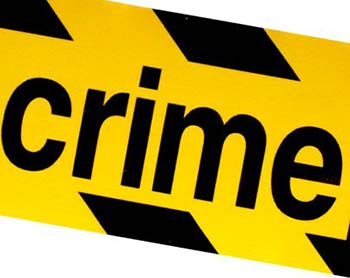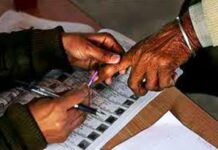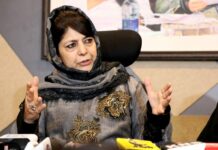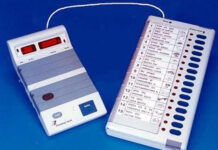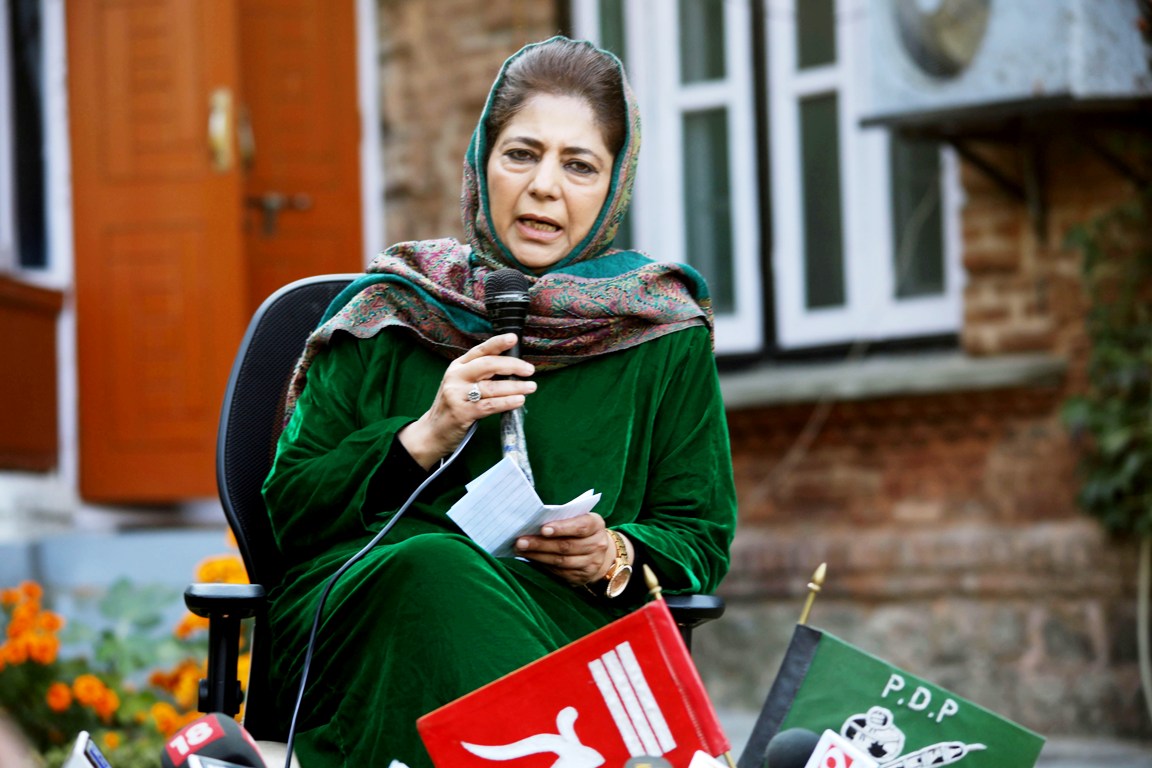 Since 1947, disputed Jammu and Kashmir (J&K) has had a chequered democratic history. The table below provides details about elections conducted since 1947. Many of these have been heavily controlled, or at least overseen, by militaries—Indian or Pakistani. Incumbent politicians have sought to maximise their (superior) position over rivals, including by intimidation or kidnapping of candidates, voters and the press, by using government machinery to their advantage, or by preventing or manipulating nominations, voting, campaigning and the counting or scrutineering of votes. Politicians in New Delhi or Islamabad also have influenced election outcomes, including by imposing their leader in a region. Some elections in J&K therefore have ended up being ‘selections’, not free and fair elections.
Since 1947, disputed Jammu and Kashmir (J&K) has had a chequered democratic history. The table below provides details about elections conducted since 1947. Many of these have been heavily controlled, or at least overseen, by militaries—Indian or Pakistani. Incumbent politicians have sought to maximise their (superior) position over rivals, including by intimidation or kidnapping of candidates, voters and the press, by using government machinery to their advantage, or by preventing or manipulating nominations, voting, campaigning and the counting or scrutineering of votes. Politicians in New Delhi or Islamabad also have influenced election outcomes, including by imposing their leader in a region. Some elections in J&K therefore have ended up being ‘selections’, not free and fair elections.
In Indian J&K, all elections until 1977 almost certainly were rigged to support the ruling, pro-India National Conference Party, or derivatives thereof, in which rigging New Delhi usually participated or acquiesced. Only the 1977 and 1983 elections were considered free and fair. In 1977, rigging was unnecessary due to the popularity of Sheikh Abdullah, who had reconciled with India. In 1983, Abdullah’s son, Farooq, received a sympathy vote following his father’s 1982 death. In 1987, many Kashmiris were appalled by a badly rigged election after Farooq Abdullah and Rajiv Gandhi, and their forces, colluded. The result provoked young, alienated Kashmiris to fight to free Kashmir from Indian control. From 1990-1996, Governor’s and President’s Rule abrogated democracy as Indians countered this bitter uprising. Slowly, India’s position improved. An election was held in J&K in 1996. Despite military intimidation to ‘encourage’ voters, the turnout was low in Kashmir—about 10 per cent. In 2002, voter turnout improved to 40 per cent throughout Indian J&K. In 2008, it was a respectable 61 per cent, despite freezing weather. Indian J&K is the only Indian state with six-yearly elections. The next is due in 2015.
In Pakistan-administered J&K, democracy has generally fared poorly. In Azad Jammu and Kashmir, only the Muslim Conference political party was allowed to exist until 1970, although Pakistan’s powerful Ministry of Kashmir Affairs dominated it, and the region. After a partyless, military-sanctioned Basic Democracy election in 1961, Azad Kashmiris had their first multi-party election in 1970. Reflecting a newly-instituted, relatively liberal constitution, this poll was arguably the freest and fairest ever conducted in South Asia. Thereafter, Azad Kashmir elections confronted challenges. The Pakistan Army ‘oversaw’ the 1985, 2001 and 2006 polls; the 1991 election was contentious, coming soon after the close 1990 election and Islamabad sacking the government; in the 1990s, anxious Azad Kashmiris voted while trying to balance supporting Kashmiris revolting in India and oppressive Pakistan authorities uncertain about how to handle this crisis; throughout, Islamabad invariably interfered to ensure ‘its’ politician ruled Azad Kashmir, confirming the saying: ‘The road to power in Muzaffarabad runs through Islamabad’. The next election is due in 2016.
In Gilgit-Baltistan, autocracy reigned unchallenged until 2009. Then, the Empowerment and Self-Governance Order gave Gilgit-Baltistanis a rudimentary constitution, a political arrangement reflecting Azad Kashmir’s, limited administrative autonomy—and, finally, the vote. The resultant election to the 24-member Legislative Assembly while flawed was acceptable to sufficient voters. Members then elected nine seats reserved for women and others. (Previously, voters had elected two advisory bodies: Northern Areas Executive Council (1994), Northern Areas Legislative Council (2000; 2004). These elections were not multi-party.) The Order does not state the administration’s term of office. The next election possibly is later this year.
Multi-party Elections Conducted in Jammu and Kashmir
| Year | Region | Type | Resulting Administration |
| 1951 | IJ&K | Constitutional | National Conference |
| 1957 | IJ&K | LA | National Conference |
| 1962 | IJ&K | LA | National Conference |
| 1967 | IJ&K | LA | Local branch of Indian National Congress |
| 1970 | AJ&K | Presidential | Sardar Qayyum Khan, Muslim Conference |
| 1970 | AJ&K | LA | Muslim Conference |
| 1972 | IJ&K | LA | Local branch of Congress (I) |
| 1975 | AJ&K | LA | Pakistan People’s Party–Azad Kashmir |
| 1977 | IJ&K | LA | National Conference |
| 1983 | IJ&K | LA | National Conference |
| 1985 | AJ&K | LA | Muslim Conference |
| 1987 | IJ&K | LA | National Conference-Congress (I) Alliance |
| 1990 | AJ&K | LA | People’s Democratic Party and Indian National Congress |
| 1991 | AJ&K | LA | Muslim Conference |
| 1996 | IJ&K | LA | National Conference |
| 1996 | AJ&K | LA | Pakistan People’s Party–Azad Kashmir |
| 2001 | AJ&K | LA | Muslim Conference |
| 2002 | IJ&K | LA | People’s Democratic Party and Indian National Congress |
| 2006 | AJ&K | LA | Muslim Conference |
| 2008 | IJ&K | LA | National Conference |
| 2009 | G-B | LA | Pakistan People’s Party |
| 2011 | AJ&K | LA | Pakistan People’s Party–Azad Kashmir |
Key: AJ&K Azad Jammu and Kashmir
G-B Gilgit-Baltistan
IJ&K Indian Jammu and Kashmir
LA Legislative Assembly
Some differences exist in J&K’s political arrangements. In Indian J&K, voters directly elect the 87-member Legislative Assembly; two women are nominated to seats. These members then indirectly elect the bulk of the 36-member upper house, the largely toothless Legislative Council. Voters in Indian J&K also elect six representatives to India’s Lok Sabha (lower house); the Legislative Assembly elects four members to India’sRajya Sabha (upper house). Conversely, Azad Kashmiris and Gilgit-Baltistanis do not elect representatives to Pakistan’s National Assembly or Senate. Instead, each region has a unique Council arrangement comprising members of their Legislative Assembly and senior Pakistani politicians who jointly decide major matters as per each region’s constitution. The Pakistan Prime Minister chairs each Council. A further significant difference is that ‘refugees’ from J&K living in Pakistan elect twelve representatives to the 41-seat Azad Kashmir Legislative Assembly, after which members elect eight seats reserved for women and others. Given their smaller electorate sizes, particularly for ethnic Kashmiris, these ‘refugees’, many of whom are entrenched Pakistanis, have disproportionate influence. This arrangement also helps Islamabad to manipulate elections.
J&K’s patchy democracy, while better than nothing, is partly explicable. First, India and Pakistan have wanted to ensure their positions in J&K by supporting political surrogates and ignoring, or even encouraging, malpractices. Second, the state’s former ruler, Maharaja Hari Singh, had autocratic practices that informed local politicians: ignoring constituents; stifling free speech; jailing opponents; ‘selecting’ members to thePraja Sahba (People’s House), not having them elected. Despite such political repression, senior J&K politicians quickly injected some of Singh’s practices into local politics.
(Dr Christopher Snedden is a free-thinking Australian politico-strategic analyst, author, academic, and media analyst and commentator who is an old Kashmir expert. His book Kashmir: The Unwritten History, was published by Harper Collins India. Chris uses his skills and background to inform people about the diverse South Asian region and to untangle some of its curious complexities.)


